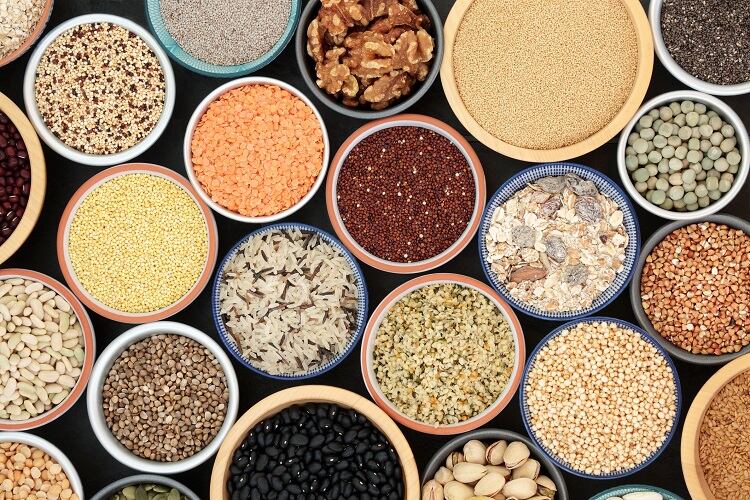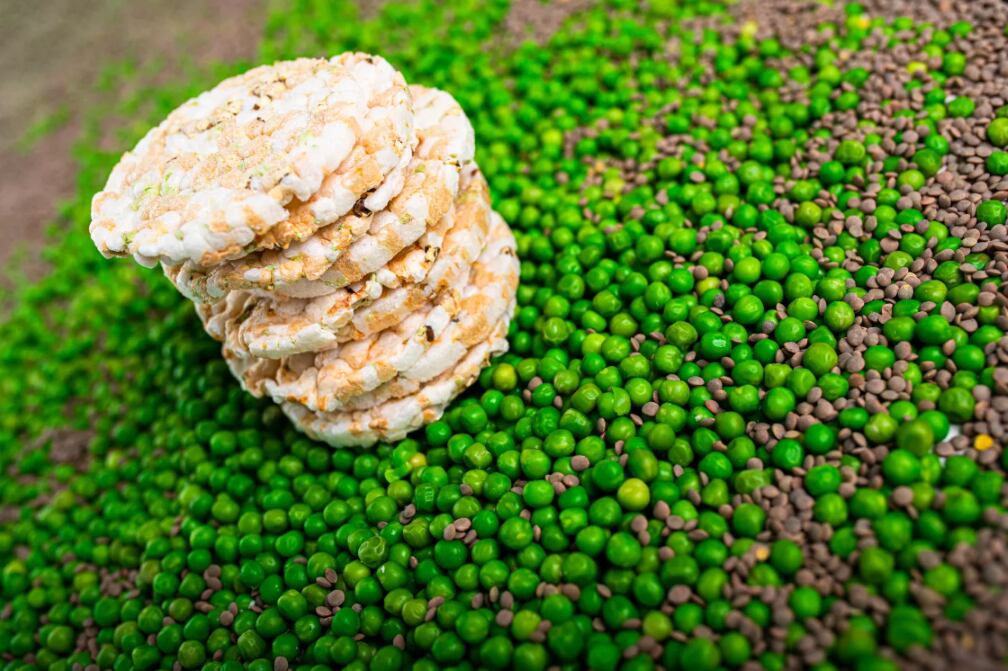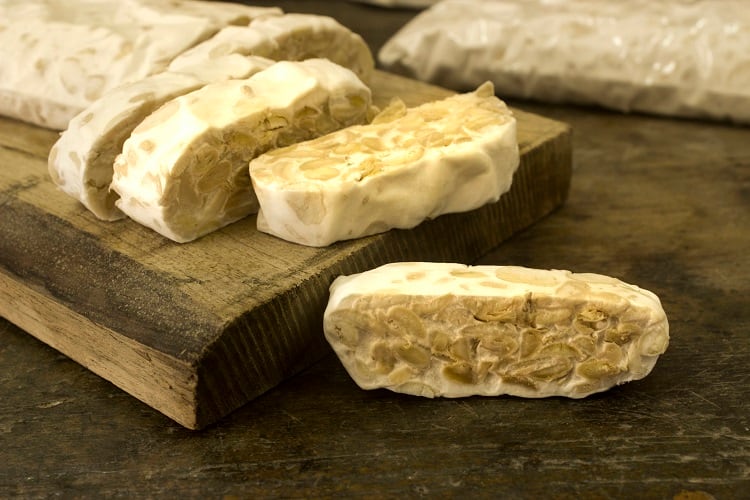For a ‘diverse’ planet made up of 195 countries, our diet appears anything but. Seventy-five percent of food intended for human consumption comes from just 12 plants and five animal species. Three of the world’s edible plants – rice, maize and wheat – provide 60% of the world’s food energy intake.
And it appears that production and distribution of even these three – at least for sub-Saharan Africans – is insufficient. According to United Nations data, 237 million people in sub-Saharan Africa are suffering from chronic undernutrition, a figure that according to recent trends, looks set to increase in the coming years.
“The population is going to grow, and the reality is that if [it gets] to 10bn by 2050, the volume of that population is going to be coming from Africa,” said Nestlé’s deputy head of public affairs Pindelwa Mda at the World Food Summit last week.
The UN predicts that by 2050, approximately 40% of all births and 40% of all children will be in Africa. A projection that is up 10% since 1950.
“Therefore, Africa can no longer be the periphery, [it] has to be at the centre of our planet,” she continued, adding that attempting to solve Africa’s challenges “through the eyes of the Western world” will likely see us ‘miss the targets’.
Yet hunger, biodiversity loss, and food waste associated with long supply chains can all be reduced by reintroducing two ‘old fashioned’ methods, Mda suggested: Local solutions and traditional foods.
Making traditional foods ‘hip and happening’
“Production has to take place close to consumption, because by doing that you actually eradicate a whole lot of waste, and that in itself has a whole lot of other benefits,” said Mda. If you have a local solution, “you need to start reintroducing….traditional foods”.
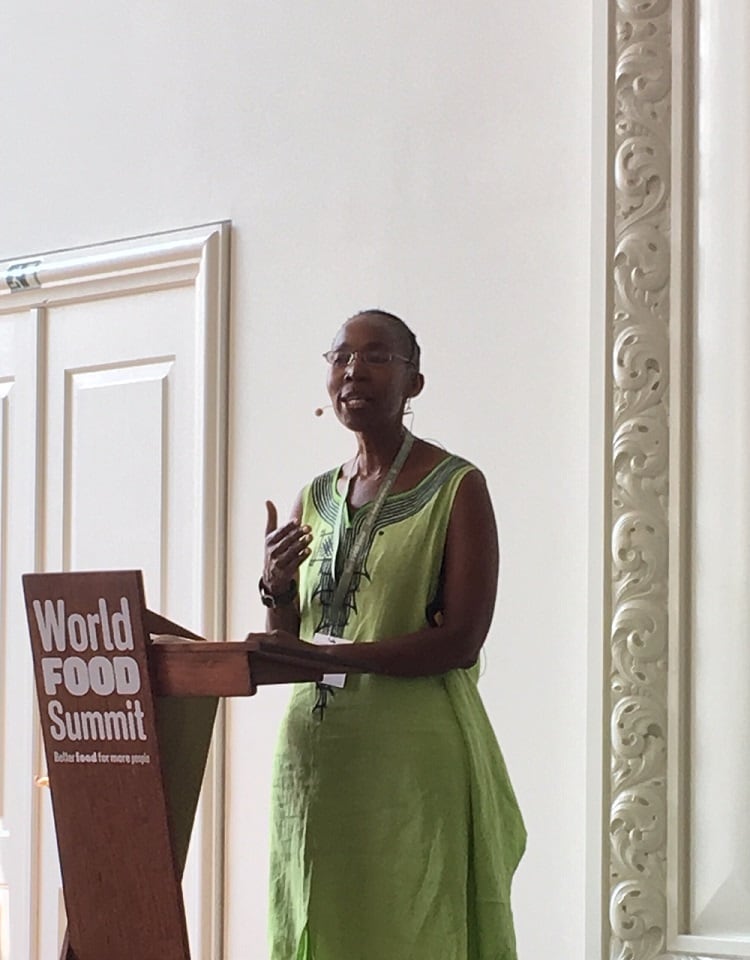
Of course, reintroducing food production capacity into areas for local consumption will require ‘huge investments’ in new setups, but the public affairs expert is convinced that doing so, and doing so quickly, will pay off. With climate change and environmental challenges facing the planet, “we do not have the luxury of time to waste”.
The challenge, then, is for consumers to accept traditional foods. Indeed, some varieties have been successful in making a comeback in the Western world, such as quinoa, açai, buckwheat, moringa and teff.
Edible insects are another ‘traditional’ category on the rise. They contain high quality protein, vitamins and amino acids, have a high conversion rate, and emit fewer greenhouse gases than conventional livestock. According to data from Meticulous Research, the global edible insects market could surpass US$1.18bn (€1.07bn) by 2023.
“The concept of traditional foods has fallen off the radar,” Mda told delegates. “And it’s not just insect-based, but all of those traditional foods that we know.”
At present, 30,000 varieties of fruits, vegetables and edible plants are not produced for human consumption. “We need to find ways to make traditional foods hip and happening and cool again,” argued Mda.
The executive suggested that influencers, social media, and multisectoral collaboration could play a role in changing their reputations. One example could be connecting chefs and restaurants with smallholder farmers growing these traditional foods, she suggested. That way, food items can start appearing on menus and shake off their ‘old fashioned’ image.
By focusing on traditional, nutritious food industry and consumers are currently abandoning, “we can fully address the issues that we face, the issues of poverty”.
‘Reverse engineering’ consumer habits
For Dr Brent Loken, director of science translation at EAT – and co-author of the 2019 EAT-Lancet Commission report – changing how and what we eat is ‘absolutely’ possible. We are also able to do so in a way that benefits the health of humans, and the health of the planet.
“When we look at what is happening to our food…and [how] we have changed our nutrition…in a single generation, they have gone from traditional eating habits to unhealthy eating habits,” he told delegates.
“We can do it,” he continued. “[We need to] reverse engineer how we got into this mess, and we can get out of it. Absolutely.”
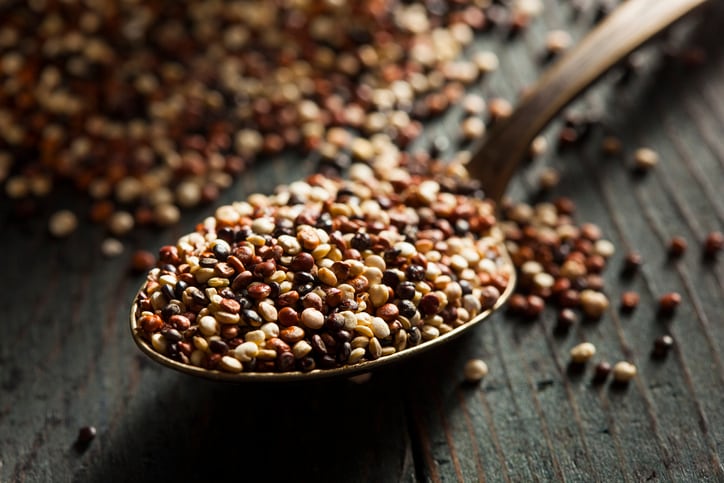
Quinoa warning
Ambassador Ertharin Cousin, distinguished fellow at the Center on Food Security at the Environment, Stanford University, who took part in a panel discussion with both Nestlé’s Mda and EAT's Loken, agreed that reintroducing traditional crops is a ‘great idea’.
However, the ex-World Food Program (WFP) chief also expressed caution that rapid popularity and market growth of one particular commodity can price out local consumers.
“There are challenges…quinoa is a great example of that,” Cousin told delegates in Copenhagen. “Nobody ate quinoa, and then we had the ‘year of quinoa’,” she explained, referring to the UN General Assembly’s 2013 homage to the ancestral practices of the Andean people.
Now it is ‘at the centre of so many plates’ and unaffordable for local Bolivians because of its high purchase price, Cousin continued.
Pricing aside, the ‘quinoa boom’ is also putting pressure on South America’s natural resources. According to a survey conducted by Food and Agriculture Organization (FAO) of the UN, more than 50% of farmers interviewed defined the soil quality had been reduced, and soil erosion increased. Quinoa production is also having an ‘adverse effects’ on other farming activities in the region.
“[Quinoa] was once a cultural crop. And so our challenge is ‘how do we embrace those 30,000 additional fruits, vegetables and [edible] plants…that we don’t eat today?’” said Cousin, “instead of the 70% of kcals that we consume from rice, wheat, corn and soy.
“And at the same time, ensure that we maintain access for those cultures growing [them].”


